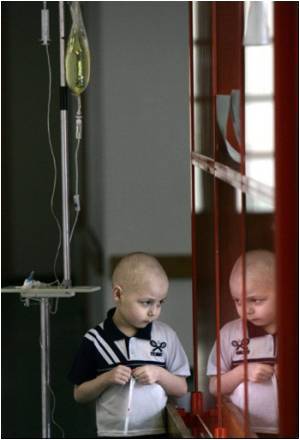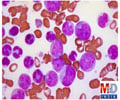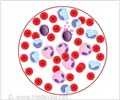
Dr Lesley Ashton, Head of the Molecular Epidemiology Program at the Children’s Cancer Institute Australia for Medical Research, Sydney, and co-authors from the Sydney Children’s Hospital conducted a hospital-based cohort study, which characterised rates of death and second cancers in childhood cancer survivors treated over three decades.
Dr Ashton said that survivors of childhood cancer are at an increased risk of long-term sequelae and earlier death, compared with the general population, as a consequence of anticancer therapies received during childhood, although the majority of survivors will be cured of their disease.
“Rates of death were highest amongst survivors of a soft-tissue sarcoma and [central nervous system] malignancy, while the incidence of second cancers was highest in survivors of Hodgkin’s lymphoma,” Dr Ashton said.
The leading causes of death included recurrence of the primary childhood cancer (55 per cent) and second cancers (12 per cent), as well as treatment-related complications (17 per cent).
Overall risk of death was 7.46 times higher in survivors of childhood cancer to the NSW population and risk of death was about double in females compared with males. Numbers of deaths are small in children in the general population and the number is small in childhood cancer survivors, but is important when planning treatment and research. Survivors of childhood cancer had a 4.98-fold higher rate of second cancer relative to the NSW population.
Advertisement
A/Prof Richard Cohn, co-author and Head of Clinical Oncology at the Centre for Children’s Cancer and Blood Disorders (CCCBD) at the Sydney Children’s Hospital, Randwick, explained long-term health conditions could also include infertility, neuro-cognitive deficits, short stature, hearing or chronic heart disease and low grade second cancers.
Advertisement
“Our results highlight that it is important for cancer survivors to be aware of the risk factors for second cancers and maintain good follow-up health care. Although the risk is higher, the actual number of people who will get a second cancer or experience a late relapse is relatively small and each cancer survivor's experience is unique,” A/Prof Cohn said.
“Research suggests that changes to treatment approaches over the time of the study will further decrease these risks.”
The Medical Journal of Australia is a publication of the Australian Medical Association.
Source-MJA















